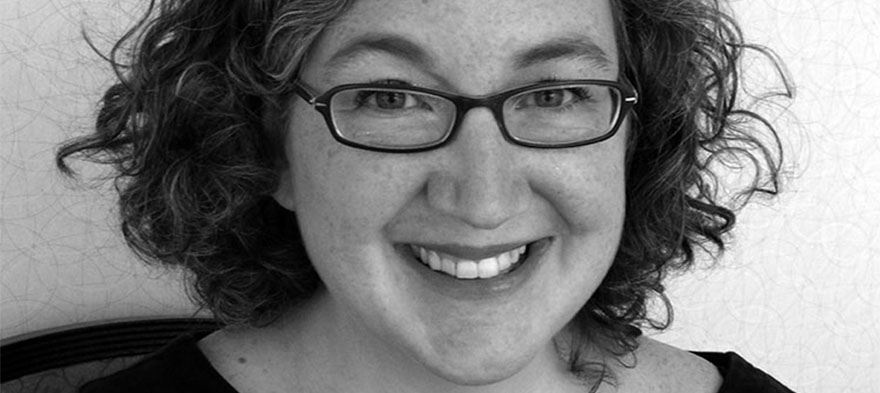
Sep 28, 2016 12:00:00 AM
by Beth Hawkins
Beth Hawkins is a writer at The 74, and formerly was a writer-in-residence at Education Post. Previously she wrote for Learning Curve, a blog about education for MinnPost, where she also covered a variety of other public policy topics. She loves writing for an audience that’s hungry for context and analysis and willing to indulge her many curiosities. Hawkins is the recipient of numerous national and regional awards, including several first-place Society of Professional Journalists Page One Awards for investigative reporting and feature writing. Her work has appeared in More, Mother Jones, Minnesota Monthly and many other publications. You can also find her blogging at BethHawkins.org.
The story you tell yourself about your own math ability tends to become true. This isn’t some Oprah aphorism about attracting what you want from the universe. Well, I guess it kind of is, but...
If you have a child with disabilities, you’re not alone: According to the latest data, over 7 million American schoolchildren — 14% of all students ages 3-21 — are classified as eligible for special...
The fight for educational equity has never been just about schools. The real North Star for this work is providing opportunities for each child to thrive into adulthood. This means that our advocacy...
Your donations support the voices who challenge decision makers to provide the learning opportunities all children need to thrive.
Ed Post is the flagship website platform of brightbeam, a 501(c3) network of education activists and influencers demanding a better education and a brighter future for every child.
© 2020–2024 brightbeam. All rights reserved.
Leave a Comment